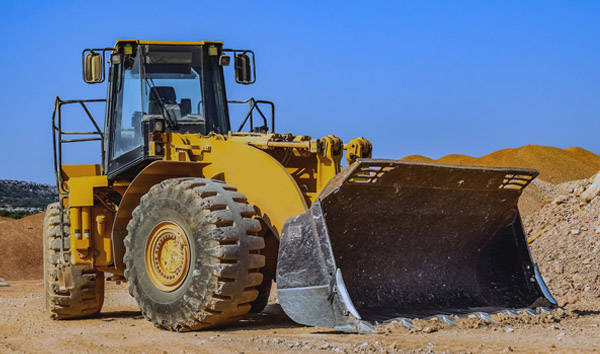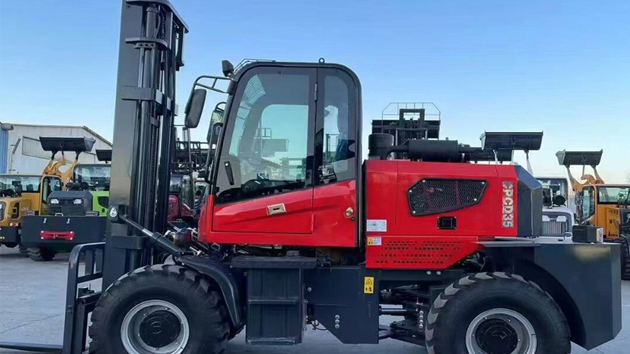Navigating the Financial Landscape of Rough Terrain Forklifts
2025-07-08 03:00:32
The acquisition cost of a Rough Terrain Forklift varies significantly based on capacity, brand, and features, typically ranging from $50,000 to $150,000. While this initial investment is higher than standard forklifts, the specialized capabilities of rough terrain forklifts—such as enhanced stability on uneven surfaces and superior lifting power—justify the premium for industries like construction, agriculture, and mining. Operational costs, including fuel consumption and maintenance, must also be factored into the total cost of ownership (TCO).
Rough terrain forklifts offer unparalleled productivity in challenging environments, reducing downtime associated with equipment limitations. Their ability to traverse muddy, rocky, or uneven terrain ensures continuous workflow, translating into higher project completion rates. For example, in the construction sector, companies report a 20-30% increase in efficiency when deploying rough terrain forklifts compared to conventional models. This productivity boost directly impacts revenue streams, offsetting the higher upfront costs over time.
Maintenance expenses for rough terrain forklifts tend to be 15-20% higher than standard forklifts due to their rugged design and heavy-duty components. However, advancements in hydraulic systems and reinforced tires have extended service intervals, mitigating long-term costs. Industry data indicates that preventive maintenance programs can reduce unexpected breakdowns by up to 40%, further enhancing cost-effectiveness.
Resale value is another critical factor in the cost-benefit analysis. Rough terrain forklifts retain approximately 60-70% of their value after five years, depending on usage and upkeep. This depreciation rate is more favorable than many industrial vehicles, making them a sound investment for businesses that prioritize asset longevity. Additionally, leasing options are gaining traction, allowing companies to access these machines without significant capital expenditure.
In conclusion, while rough terrain forklifts demand a higher initial investment, their operational advantages, durability, and resale potential make them a financially viable choice for industries requiring robust material handling solutions. Companies should conduct a thorough cost-benefit analysis, weighing factors like terrain demands, project timelines, and maintenance strategies to determine the optimal ROI for their specific needs.














